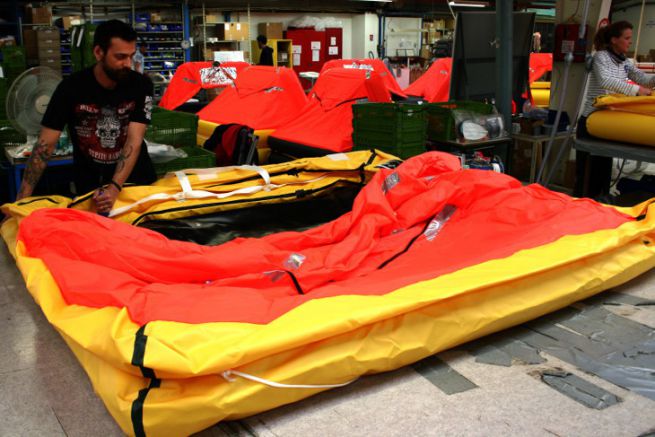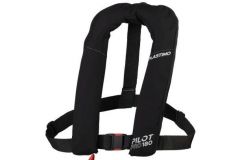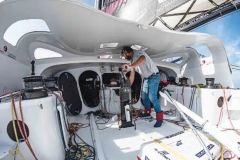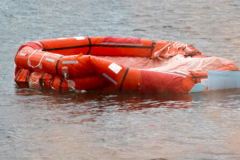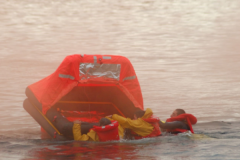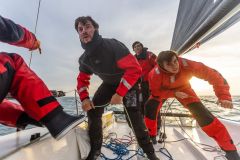Plastimo opened its doors to us in Lorient. We took the opportunity to discover the manufacturing process of liferafts, an essential element of the range dedicated to the safety of sailors.
Sewing and welding of liferafts
The first phases of the liferaft production take place in Plastimo's Romanian factory, where the operators sew and weld the different elements of the boat. The set corresponding to the peripheral floats, the upper hoop, the bottom cloth and the roof of the raft arrives assembled at the Lorient site.
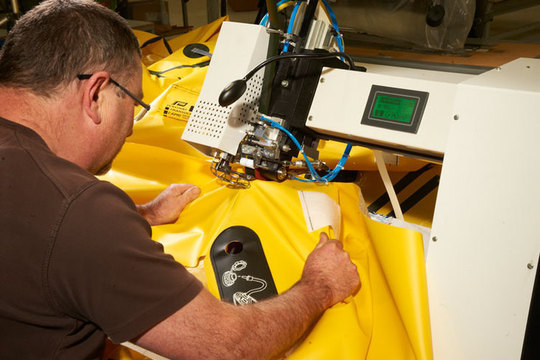

Inflation test
First step after the reception of the equipment in Brittany, each raft undergoes an inflation test. An operator checks that the operation has been carried out correctly. The control ensures the quality of the double-chambered float. This specificity of Plastimo liferafts increases the level of safety by protecting the internal polyurethane chamber with a "2nd skin" made of highly abrasion-resistant PVC-coated polyester, whose elongation characteristics guarantee resistance to punching.
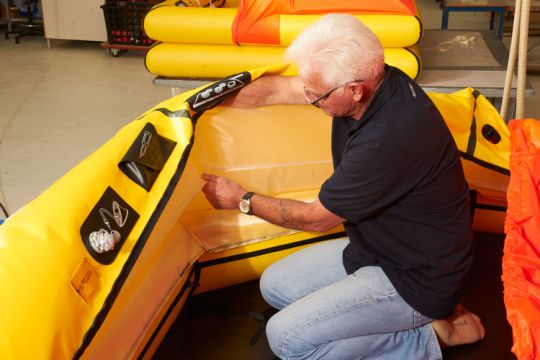
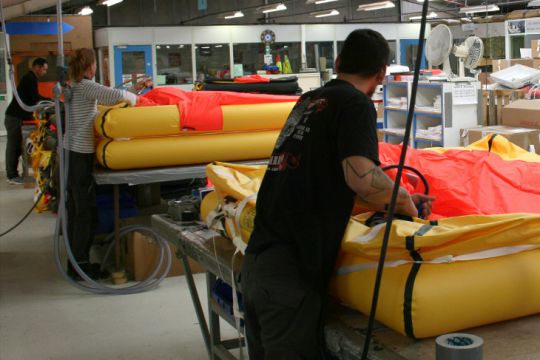
Preparation of the armament
At the same time, the team prepared the various elements necessary to arm the raft.
The drop ends are cut out.
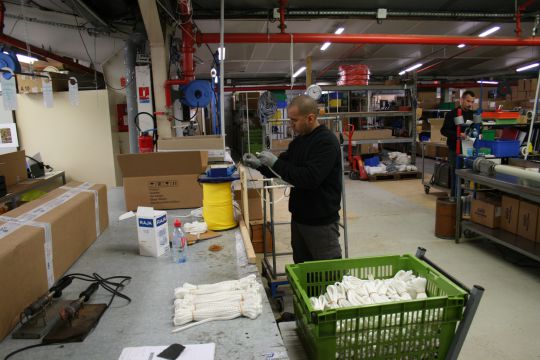
A machine prepares bags of fresh water in an envelope specifically designed to withstand the pressure inside the raft in storage configuration. The material is also designed to ensure that the water remains drinkable after long storage.
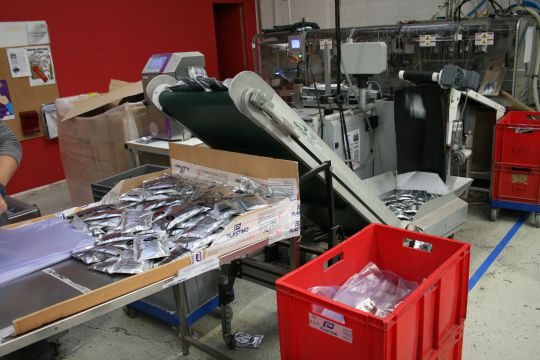
The whole unit is assembled in a box with the raft inflation device, ready for installation by the operator.

Arming the liferaft
The operator positions all the equipment on the raft, including the knife to free himself from the boat in distress when the time comes, a throw line and a pouch containing all the safety items such as the oar, the flares or the survival rations. Everything is carefully fixed in the raft so as not to lose them when the boat is hit.
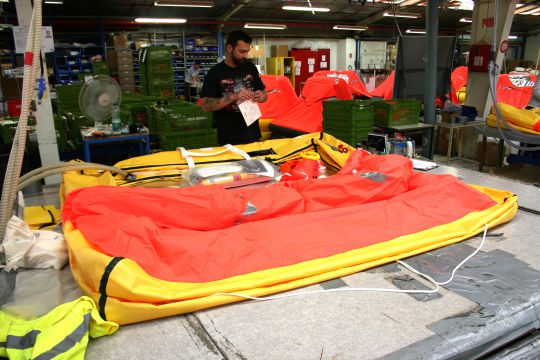
Raft packaging
The raft is then carefully folded and vacuum packed. This innovation allowed Plastimo to increase the revision time of the rafts from 1 to 3 years. The plastic bag is then packaged according to the needs in bags or rigid containers.

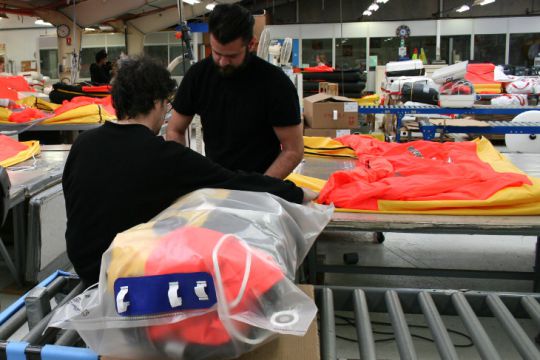

Quality control and revisions
Bureau Veritas performs random checks on each batch of product at Plastimo's premises. The organization checks in a small basin the inflation time and the stabilization time of the liferaft after a person has fallen on board. This last measure ensures that the evacuation can take place in a limited time without having to wait too long between two embarkations.
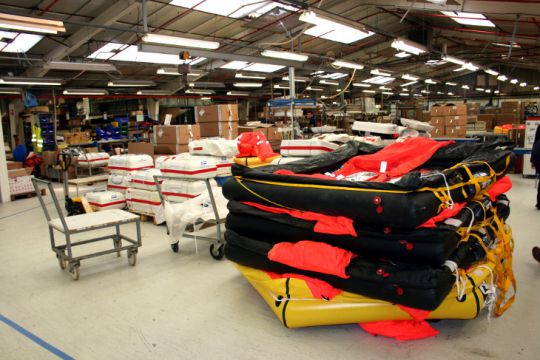
The Lorient site is also used during the season for the approved revision of Plastimo rafts.
